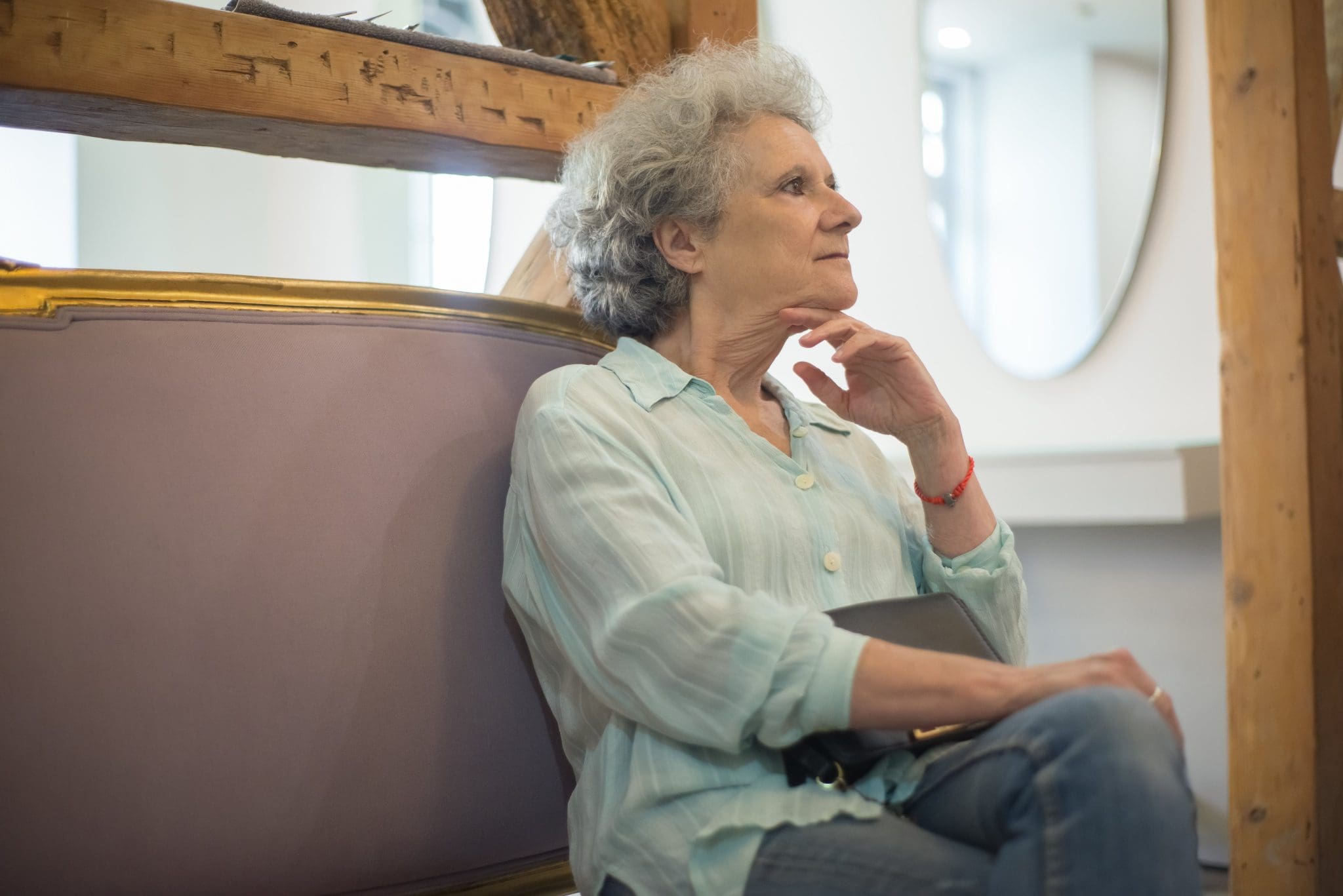
Being diagnosed with follicular lymphoma (FL) can be a daunting experience. One of the most common questions that arise is whether immediate treatment is necessary or if the “Watch and Wait” approach is suitable. This blog post aims to shed light on the “Watch and Wait” strategy and the triggers for treatment, offering guidance to newly diagnosed patients on what to expect when discussing treatment options with their doctors.
Check out our webinar, titled “An Overview of Follicular Lymphoma: What You Need to Know,” where our Chief Medical Officer, Dr Mitchell Smith, discusses with two expert clinicians around how to talk to their patients about the “Watch and Wait” or “active monitoring” approach, and what signs they look out for before considering treatment options. During the webinar, patients also shared their experiences regarding treatment decisions and the timeframes involved, via a short poll.
The poll conducted during the webinar revealed a wide spectrum of experiences among FL patients. Many patients found themselves under observation through the “Watch and Wait” strategy, often called active surveillance or active monitoring, for up to two years following their diagnosis. This approach involves closely monitoring the patient’s condition without initiating immediate treatment, particularly if the lymphoma is not causing significant symptoms or affecting vital organs.
At first, the idea of not beginning treatment right away can be anxiety-inducing for some patients recently diagnosed with cancer. However, it is crucial to understand that treatment is best saved for when it will have the most significant impact.
During the “Watch and Wait” period, patients are encouraged to engage in essential discussions with their physician to create a personalised treatment plan. Physicians will explain to the patient the reasons behind not yet starting treatment. This includes discussing their prognosis, likening it to a chronic condition that patients can manage for many years, essentially playing the “long game.”
Typically, for patients being actively monitored, the physician will closely monitor the patient through regular clinic visits every three to four months. These appointments serve to assess any changes in symptoms, observe new lumps or changes in existing lumps, and conduct routine blood work to track potential developments.
Patients will also receive guidance on what to observe between appointments. Any changes in symptoms or the development of B symptoms (such as night sweats, fevers, drenching, or weight loss without a clear cause) should be promptly discussed with their doctor.
Living with FL under the “Watch and Wait” period can be emotionally challenging. Patients are encouraged to seek support from others going through a similar experience. Joining a support group can provide valuable insights, shared experiences, and the reassurance that they are not alone in their journey.
The decision to start treatment is often a shared process between patient and physician and can vary depending on individual circumstances. Generally, if a patient’s symptoms change or worsen, if they develop B symptoms, or if their lymph nodes are steadily increasing in size and starting to affect organs, it may be time to consider treatment.
Being diagnosed with follicular lymphoma is undoubtedly a life-altering experience. Deciding whether to undergo immediate treatment or opt for the “Watch and Wait” approach is a crucial decision for patients and their physicians. Understanding that treatment is best reserved for when it will have the most significant impact, can alleviate some of the anxiety associated with the diagnosis. Engaging in open discussions with physicians, being vigilant about changes in symptoms, and finding support through support groups can empower patients to navigate their FL journey with confidence and resilience. Remember, each patient’s experience is unique, and what matters most is finding the right path for individual care and well-being.
If you have found this post useful, you may also be interested in our other blogs.
Disclaimer: The information provided in this blog post is for educational purposes only and should not be considered a substitute for professional medical advice. Always consult with your healthcare provider for personalised guidance and treatment options.